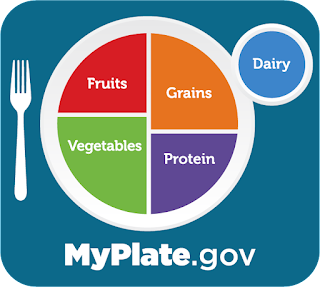Walking is good aerobic exercise. It keeps your heart strong and blood pressure healthy, and it aids in blood sugar control. Regular walking decreases mental health issues such as anxiety and depression and lowers your risk of dying from cancer.
Taking a hike outdoors is great because you are immersed in the natural world. Research has shown that persons spending 120 minutes in nature (2 hours a week) have less stress and a higher sense of well-being than those who stay indoors.
However, due to the ongoing pandemic, it may not be as easy for you to get the outdoor exercise you need. Try bringing the outdoors inside. You can watch a video of a hike through various awesome natural sites while you use the treadmill or stair stepper, or just walk in place.
Imagine yourself hiking in the Swiss Alps, climbing a mountain in Hawaii, running through a forest in Alaska, or striding rim-to-river in the Grand Canyon. View the natural scenery on YouTube while you exercise safely indoors. Here are some suggested virtual hikes.
If you are counting your steps, you can hike the Appalachian trail, virtually, using an app on your smartphone (iPhone or Android). You will unlock interesting checkpoints when you reach them.
However you do your hiking, whether in the physical world outdoors or indoors viewing a virtual hike, try to complete the recommended 150 minutes of walking per week, for maximum health benefits.














